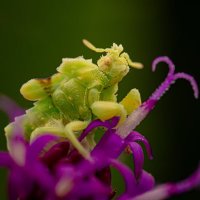
Rick
@rickmalad
Amateur naturalist, macro photography, bug lover.
ID: 818616487527092224
10-01-2017 00:32:34
354 Tweet
781 Takipçi
180 Takip Edilen





















@rickmalad
Amateur naturalist, macro photography, bug lover.
ID: 818616487527092224
10-01-2017 00:32:34
354 Tweet
781 Takipçi
180 Takip Edilen



















